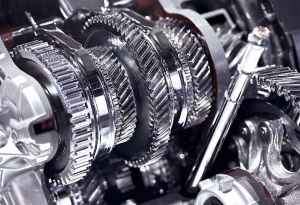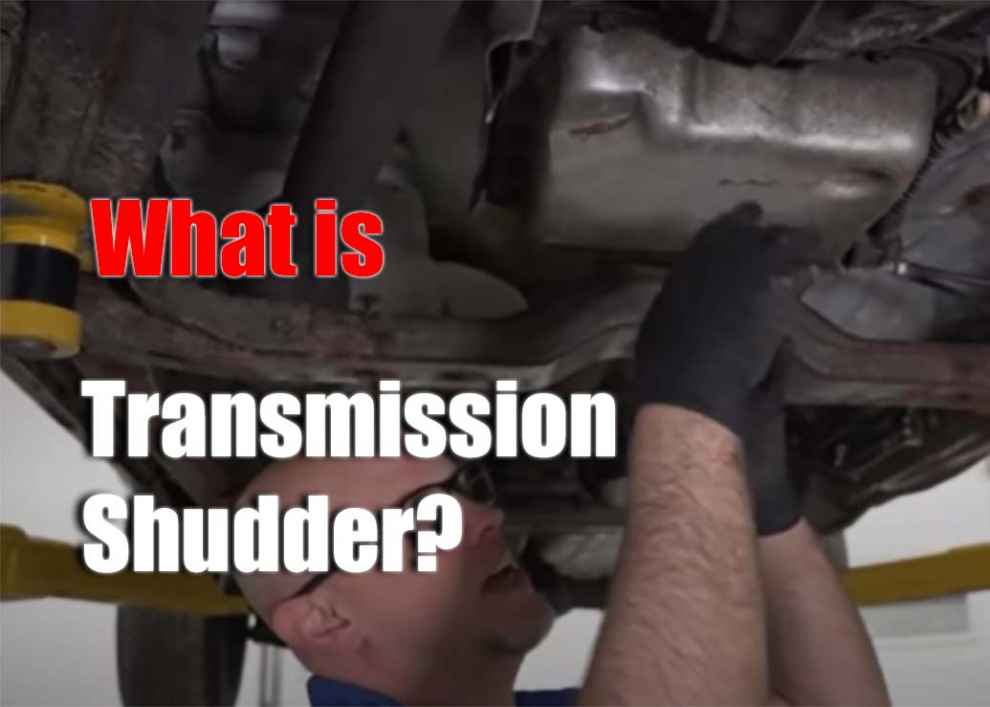Transmission shudder is a very common problem that can occur in all types of cars, trucks, and SUVs with automatic transmissions. It’s a type of vibration or shaking that occurs when the vehicle is accelerating or decelerating from a stop or low speed. The shuddering can range from mild to severe and typically goes away once the car reaches higher speeds (usually above 35 mph).
To properly diagnose and fix this issue, it’s important to understand what transmission shudder is and what causes it in order for the correct repair job to be done on your car. This guide will cover all the basics of transmission shudder and provide helpful tips on how to diagnose and fix it.
What Is Transmission Shudder?

Common Causes of Transmission Shudder
The most common causes of transmission shudder are worn out components within the transmission such as clutch plates or bands, incorrect fluid levels, improper shift points, and even dirty filters. Low fluid levels can cause slipping between gears which will create a noticeable vibration when accelerating or decelerating from a stop or low speed. Worn out components can cause similar issues but with more severe vibrations due to them not being able to properly engage or disengage properly at different speeds. Lastly, improperly adjusted shift points can also cause shuddering by not giving enough time for the gears to adjust before engaging them again in another gear.
How to Diagnose & Fix Transmission Shudder
In order to properly diagnose and fix transmission shudder, it’s important to first verify all of the components within the transmission are in good working order and that the fluid levels are correct. If any of these components or fluid levels are incorrect, they will need to be repaired or replaced in order for the shuddering issue to be resolved. Additionally, if any of the adjustments within the transmission system (such as shift points) are incorrect, they will need to be adjusted so that the gears engage and disengage properly at different speeds.
If you’re unable or unwilling to do the repairs yourself, it’s best to take your car into a certified mechanic who can diagnose and fix any issue with your transmission system quickly and correctly. Also read here about Rebuilt Transmission Cost for Jeep.
Conclusion
Transmission shudder can be an annoying problem that affects your vehicle’s performance, but with a little patience and knowledge you can diagnose and fix this issue quickly and easily! This comprehensive guide provided everything you need to know about what causes transmission shudder, how it affects your vehicle’s performance, as well as tips on how you can diagnose and repair this issue yourself or take it to a certified mechanic for a more professional approach.

Add Comment